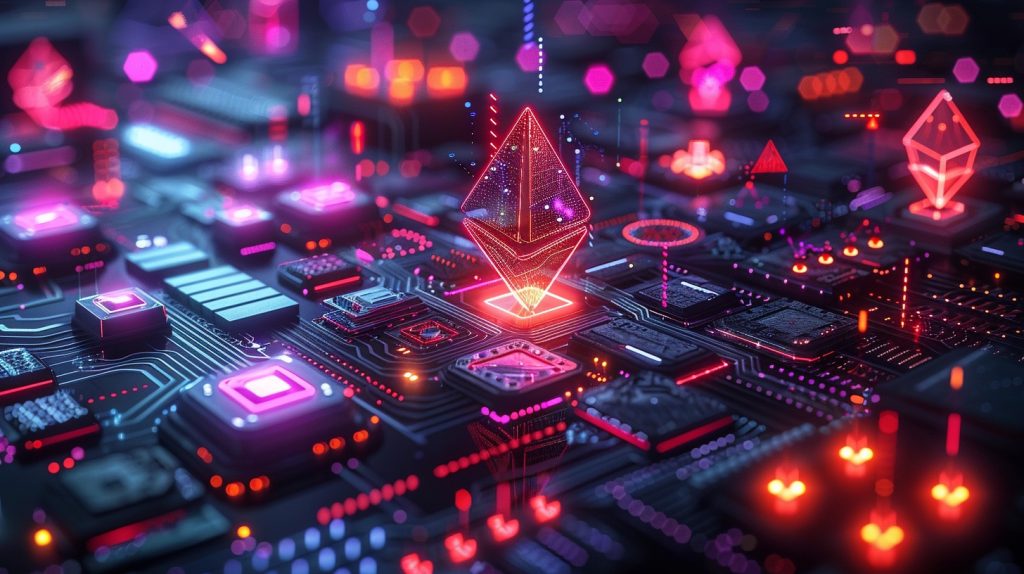The rapid evolution of technology has given rise to innovative industries, and among them, crypto gaming stands out as a groundbreaking frontier. Combining the worlds of blockchain, cryptocurrency, and interactive entertainment, crypto gaming is redefining how players engage with virtual environments and digital economies.
Key advancements, such as the Avalanche to Polygon Bridge, are making cross-chain compatibility easier, enabling seamless asset transfers and enhancing player experiences across platforms. This document explores the key developments, challenges, and opportunities within the crypto gaming industry, providing insights into how this revolutionary space is shaping the future of gaming and finance.
The evolution and rise of crypto gaming
The evolution of crypto gaming continues to surge forward, driven by advancements in technology and shifting regulatory landscapes. At the heart of its growing popularity is the increasing demand for decentralized, player-focused gaming experiences, solidifying crypto gaming as a transformative force in the gaming world.
Mainstream adoption
The early 2020s saw a wave of new crypto games entering the market. Developers began creating interactive blockchain-based games loaded with innovative features, such as in-game marketplaces and cross-platform asset integration. These advancements not only enhanced gameplay but also provided players with opportunities to earn real profits.
The industry gained even more traction by incorporating decentralized finance (DeFi) elements. These additions allowed players to stake tokens, earn rewards, and participate in governance decisions, further empowering the gaming community.

Market growth and future projections
The crypto gaming industry has experienced remarkable growth in recent years. In 2022, the global blockchain gaming market generated an impressive revenue of $128.62 billion.
Looking ahead, the market shows no signs of slowing down. Research indicates that the industry is on track to grow from $128.62 billion in 2022 to a staggering $614.91 billion by 2030, with a compound annual growth rate (CAGR) of 21.8% during this period.
Crypto gaming is not just a trend — it’s reshaping the future of gaming, blending innovation with opportunity in unprecedented ways.
The future of crypto gaming: Emerging trends
The crypto gaming industry is evolving rapidly, with clear growth patterns shaping its future. Here are the key trends driving the transformation:
1. The evolution of play-to-earn (P2E)
Play-to-Earn (P2E) gaming has progressed far beyond simple in-game rewards. Today, advanced economic structures allow players to earn money through innovative methods like staking funds for returns, farming rewards, and participating in DAO-driven collaborations. Thanks to advancements in gaming technology, players worldwide can now monetize their gaming time, turning leisure into tangible income. Isn’t that game-changing?
2. Artificial intelligence (AI) integration
AI is revolutionizing crypto gaming by enhancing both gameplay and in-game economies. Developers use AI to create realistic and adaptive NPC behaviors while employing machine learning to identify and optimize game economy patterns. This fusion of AI and gaming delivers a more immersive and dynamic player experience.
3. The expansion of the metaverse
The metaverse — a collective virtual universe — is gaining immense traction. Crypto gaming plays a pivotal role in its growth by connecting various game assets, economies, and ecosystems. Players can seamlessly transition between their favorite games, bringing their assets and experiences with them, further blurring the lines between virtual and real worlds.

4. Strengthened security measures
With the increasing value of crypto gaming activities, security has become a top priority. Developers now deploy advanced security protocols and decentralized identity systems to protect in-game assets and personal data. These measures create a safer environment for players while safeguarding the integrity of the gaming space.
5. Regulatory developments
As the crypto gaming industry matures, it has drawn the attention of regulators worldwide. Efforts are underway to establish frameworks that protect players without stifling innovation. Organizations like the U.S. Securities and Exchange Commission (SEC) are working to combat fraud and money laundering while ensuring fairness and transparency within the crypto gaming ecosystem.
The convergence of these trends is reshaping the crypto gaming landscape, paving the way for a dynamic and secure future. Whether through new earning opportunities, advanced technologies, or a more connected metaverse, the potential of crypto gaming continues to expand.




